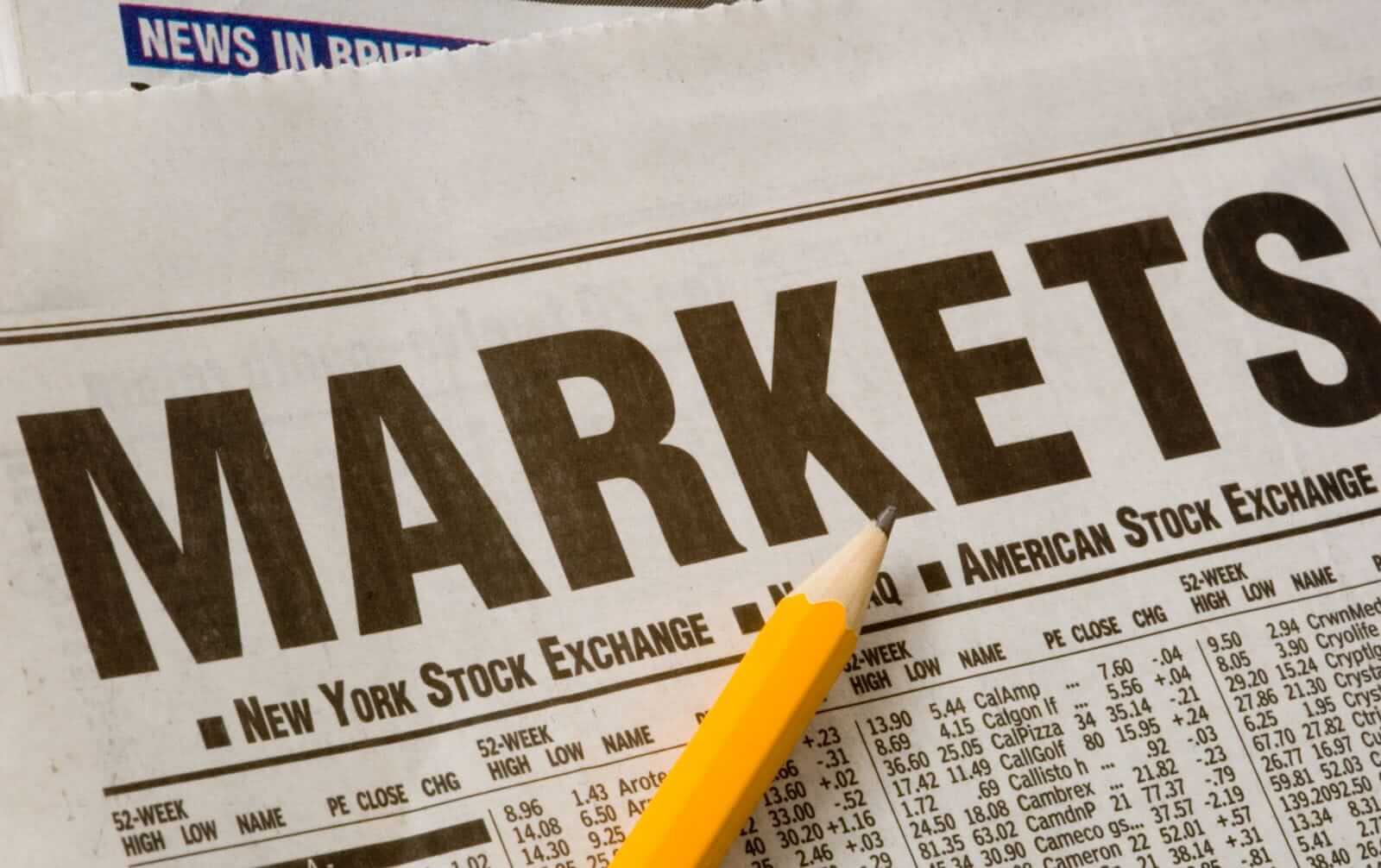Blackstone’s Resilience Shines Amidst Market Volatility and Recent Tragedy

NEW YORK — August 3, 2025 — As global markets continue to face heightened volatility and shifting investor sentiment, Blackstone Inc. (NYSE: BX) has emerged as a symbol of both financial and organizational resilience. The world’s largest alternative asset manager posted strong Q2 earnings, beating analyst expectations — even as the firm confronts the emotional and operational aftershocks of a tragic shooting at its Park Avenue headquarters just two weeks prior.
 On Friday, August 1, Blackstone stock closed at $170.40, down 0.86% on the day. The stock fluctuated between $166.86 and $171.29, reflecting market-wide caution ahead of key earnings season catalysts and broader macro uncertainty. Despite the dip, the company’s long-term fundamentals remain solid. Its assets under management (AUM) rose to a record $1.2 trillion in Q2 2025 — a 13% year-over-year increase that reinforces Blackstone’s standing as a cornerstone of institutional and private capital flows.
On Friday, August 1, Blackstone stock closed at $170.40, down 0.86% on the day. The stock fluctuated between $166.86 and $171.29, reflecting market-wide caution ahead of key earnings season catalysts and broader macro uncertainty. Despite the dip, the company’s long-term fundamentals remain solid. Its assets under management (AUM) rose to a record $1.2 trillion in Q2 2025 — a 13% year-over-year increase that reinforces Blackstone’s standing as a cornerstone of institutional and private capital flows.
Financial Strength Amid Market Disruption
Blackstone reported distributable earnings of $1.6 billion, or $1.21 per share, for the second quarter — exceeding Wall Street expectations. The outperformance was driven by fee-related earnings growth of 31% YoY, as strong inflows continued across its private wealth, credit, and insurance divisions.
The firm’s private credit platform is now a standout contributor, with $484 billion in credit AUM, tripling in size over five years. Insurance, too, has emerged as a high-growth vertical, positioning Blackstone as a dominant player in yield-driven strategies at a time when public markets remain choppy.
Navigating Tragedy: Workplace Safety and Mental Health in Focus
Behind the earnings headlines, however, lies a tragedy that has reverberated across the financial community. In late July, a shooting at Blackstone’s New York headquarters claimed the life of Wesley LePatner, a senior executive in the real estate group. The loss has shaken the organization and prompted urgent conversations about employee safety and mental health in corporate America.
Ahead of the office’s planned reopening on August 4, the company has allowed employees to work remotely for the week. In a memo, Blackstone leadership emphasized its commitment to security enhancements and expanded access to mental health support, including on-site counseling and global EAP (employee assistance program) expansion.
Industry observers note that this approach reflects a growing trend in corporate culture, where firms are being held to a higher standard not only in financial results but in employee well-being and crisis response.
Investor Sentiment: Confidence Tempered by Caution
Despite the tragic backdrop, analysts remain broadly constructive on Blackstone’s outlook. The consensus rating from most brokerages is “Moderate Buy”, underpinned by the firm’s scale, fee-generating power, and balance sheet flexibility.
Importantly, Blackstone enters the second half of the year with $181.2 billion in dry powder — deployable capital that can be used to seize investment opportunities during times of dislocation.
Market watchers also expect a pickup in M&A and private equity activity in late 2025, driven by easing valuations, improved IPO conditions, and renewed interest in sectors like technology, energy, and infrastructure. These are all strategic focus areas for Blackstone, which has increasingly shifted toward thematic investing and long-duration capital.
Still, not all signals are green. Regulatory pressures, including pending disclosures on fee transparency and performance metrics, could introduce friction. Global macro trends — from central bank policy to geopolitical risk — remain wildcard factors, particularly for a firm with global exposure.
Strategic Positioning in a Transitional Year
Executives remain bullish about Blackstone’s trajectory. In the Q2 earnings call, CEO Stephen Schwarzman reiterated the firm’s long-term growth outlook, citing structural tailwinds in private credit, insurance, and infrastructure.
Blackstone’s ability to pivot across asset classes, deploy capital in opportunistic windows, and scale fee-based products gives it an edge in what many describe as a transitional year for private equity. Its recent moves to expand in Asia and the Middle East, as well as deepen its relationships with wealth platforms, speak to a global strategy that balances diversification with discipline.
What Comes Next
As Blackstone reopens its flagship New York office, the company steps forward not only as a financial powerhouse but as a case study in navigating the intersection of performance and humanity.
Analysts, investors, and the public will be watching closely — not only for upcoming deals and portfolio activity, but also for how one of Wall Street’s most influential firms continues to evolve in the face of internal loss and external change.
The second half of 2025 will test not just Blackstone’s financial resilience, but also its ability to lead on issues of security, mental health, and corporate responsibility — all of which are increasingly critical in today’s investment landscape.
Tags: Blackstone stock, BX earnings Q2 2025, private equity trends 2025, Blackstone tragedy July 2025, workplace mental health finance sector, private credit growth, Blackstone Park Avenue shooting, AUM growth private equity, employee well-being in finance, BX outlook 2025
Would you like to continue with a follow-up piece on the private equity sector outlook, a profile on Blackstone’s credit strategy, or a comparison with peers like KKR, Apollo, or Carlyle? Let me know how you’d like to expand this coverage.




